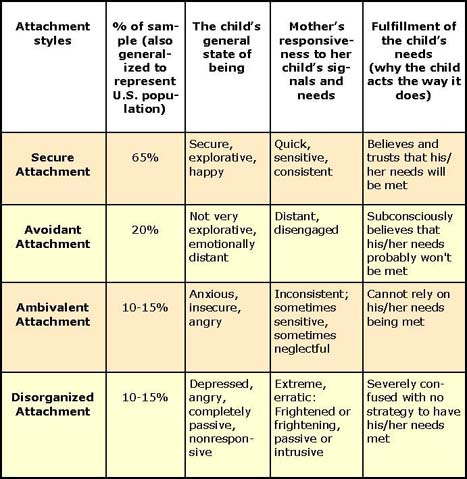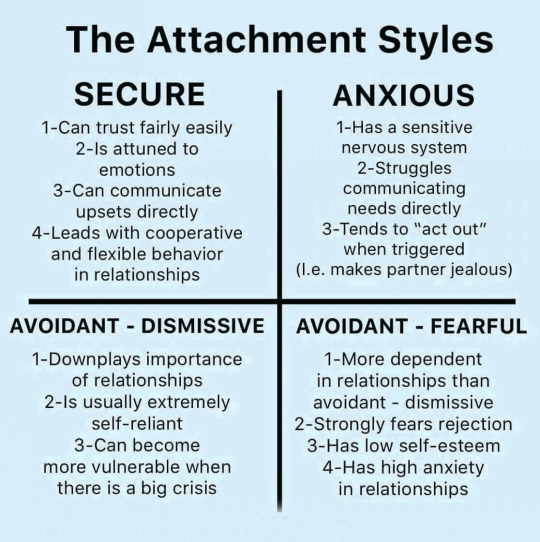#hhghhg that took a while
Explore tagged Tumblr posts
Note
anon asking about the neuron stuff: yeah, do share evidence that happens! cause i've never heard of that, ever, in my research on DID/OSDD. only brainscans that their brains are distinctly different than singlets trying to mimic alters
(Goofed up and composed this on the wrong blog. My brain-related blog is @prefrontal-bastard. Feel free to ask follow-up questions there.)
I don't have anything in the vein of scientific papers, if that's what you're after; everything I know about the brain I learned from various specialists growing up: Psychologists, psychiatrists, behavioral therapists, and neurologists. (Many of them were also neurodivergent, so they gave me long explanations about various brain-related problems and treatments.) This is all to say that my knowledge is the product of my experiences with treatment, as opposed to academic research.
One of these days I'll hunt down papers though. Even though I learned from experts in the field (and know they're correct because their treatments worked as intended), I do need to demonstrate the science is academically supported.
After all, people lie on the internet all the time.
I'll explain what I know, but I won't be offended if you take it with a grain of salt. I'd even be curious what you'd find if you decide to double-check my claims.
Anyways, here's my understanding of what creates Alters in DID/OSDD.
Some of the information might be redundant to you, but I've added it for posterity's sake.
So...
The brain functions like a giant organic circuit board. It can do everything it does because it's made up of cells known as neurons. Neurons communicate information to each other by releasing chemical signals known as neurotransmitters, which come in many different varieties (seratonin, dopamine, adrenaline to name a few). This chemical release is done through synapses located on little appendages known as dentrites.


Neurons link together to form long chains known as neural pathways. These organized pathways are why the brain can send and receive information so quickly.
We learn things as the result of information being sent along a certain pathway routinely. The more a pathway is used, the stronger it gets.
Here's a computer-generated map of actual neural pathways in the brain:

However, the brain also learns and adapts. If neural pathways are damaged, it will "reroute" neurons around damaged parts. This is a feature called neuroplasticity.
Relevant graphics:



Now, the brain is first and foremost a tool for survival. Early on in life, it learns what kinds adaptations it needs in order to survive, and creates foundational neural pathways in accordance to what it perceives and experiences during early childhood.
DID/OSDD arise from early childhood trauma. But the theories behind "childhood trauma" are not neurological, but psychological. Even though psychological phenomena are absolutely things we can measure, psychology itself isn't a hard science.
According to my therapist—who specializes in treating complex trauma and dissociative disorders—the mechanisms behind DID/OSDD are predicated on a psychological principle known as Attachment Theory. This theory states that the care we receive as infants and children drastically impacts our disposition later in life:


Emotional bonding is one of our core needs, like food and water. Infants will die if they're not held. Babies that have all their needs met, but are completely emotionally neglected, are prone to juvenile delinquency.
So...the quality of caregiving we receive as children determines how certain neural pathways form, and insecure attachment is in itself a kind of trauma.
The exact conditions that causes DID or OSDD probably can't be deduced by neural structures alone, which is why hard science won't name the cause. That doesn't mean there isn't a model for it at all; we just can't draw hard scientific conclusions with soft science.
The theory my therapist gave me for what causes DID/OSDD is predicated on both neurology and psychology, because there's no answer to be found just by looking at one or the other.
Here is a quote from the AIR Network Therapy Model's website on the neurological impact of developmental trauma:
Subcortical areas including the brainstem and limbic structures, and the somatosensory and motor areas of the brain encode information first, both developmentally and in times of danger. Information moves from those areas to the neocortical and left hemispheric language processing areas of the brain. This normal and adaptive process allows people to work through critical or traumatic incidents that happen to every person at some time. Intense, complex or repeated traumas can interrupt this adaptive process such that trauma patterns and reactive or Core Survival Networks get encoded and solidified over time.
The theory I was given, is that DID/OSDD are the young brain's way of relieving synaptic distress caused by routine, traumatic experiences. Dissociative alters are the result of the brain routing neural connections around the structures that register the distress. It does this to protect those brain-parts from being permanently compromised/destroyed, because trauma causes physical brain-damage. The only reason why it would ever resort to this is when caretakers can't be counted on to relieve the distress.
This is so thorough in DID/OSDD that the brain creates isolated neurological "chunks," which then develop independently, because they have few-to-no neural pathways connecting them and yet the brain still uses those parts because they're not damaged. This is what creates "switches," and why alters have different roles. It's also why it takes such a long time to identify alters and develop cooperation; you literally have to restructure your neural pathways so they can connect to segmented brain-parts.
Here's the definition of dissociation just for a point of comparison:
The splitting off of clusters of mental contents from conscious awareness. Dissociation is a mechanism central to dissociative disorders. The term is also used to describe the separation of an idea from its emotional significance and affect, as seen in the inappropriate affect in schizophrenia. Often a result of psychic trauma, dissociation may allow the individual to maintain allegiance to two contradictory truths while remaining unconscious of the contradiction. An extreme manifestation of dissociation is dissociative identity disorder, in which a person may exhibit several independent personalities, each unaware of the others. DSM-5, Glossary, p820.
Anyway, that's my long-winded understanding as to why this happens. Feel free to ask if you'd like me to clarify anything.
86 notes
·
View notes